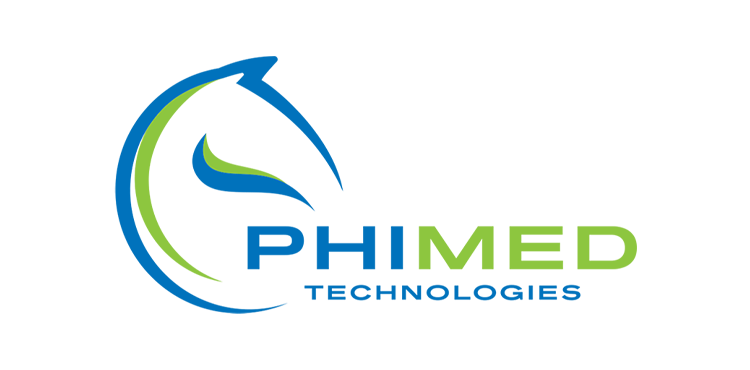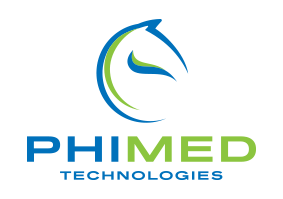
Your revenue cycle management is the operational bloodstream of your organization. For specialty groups in anesthesiology, radiology, and emergency medicine, where margins are increasingly squeezed and the stakes for timely, accurate reimbursement are high, a reactive RCM model is no longer viable. The question isn’t just how well is your billing running? It’s, how intentionally is it built to support your future?
Despite increasing technology availability, many physician groups still run on RCM systems that are outdated, misaligned with clinical workflows, and burdened by too many manual processes. It’s not uncommon to find teams buried in rework, navigating unclear data, chasing denials, or relying on generic third-party billing services that lack specialty-specific expertise. This operational clutter does more than frustrate your staff; it quietly drains your revenue potential and clouds your strategic visibility.
If your group is spending more time reacting to issues than optimizing for growth, it’s time to question the core structure of your revenue cycle. True improvement doesn’t start with a band-aid. It starts with a better partnership.
Where the Real Issues Start
Improving revenue cycle management begins with a brutally honest evaluation. Are your denial rates higher than they should be, but no one knows the root cause? Are clean claim rates inconsistent or just assumed “good enough”? Does your billing partner provide data, but not direction?
In many cases, the core problem is fragmentation. Your EHR, your clearinghouse, your billing team, and your software vendor may all be speaking different languages or worse, not speaking at all. Integrations aren’t seamless, teams are working from outdated data, and the burden of managing complexity falls on your staff. No amount of “best practices” can fix a system that wasn’t built to work as a whole.
What Should a Strong RCM Process Look Like?
A high-performing RCM model guides decision-making, exposes risks in real time, and actively reduces the workload on your team through automation, insight, and partnership. At PHIMED Technologies, we define a healthy revenue cycle by these characteristics:
- 97.5% or higher clean claim rate not just as a goal, but as a baseline.
- Customized workflows that reflect how your team actually operates, not how a system forces you to work.
- Real-time transparency into KPIs like denial reason trends, A/R aging, and charge lag.
- Seamless integrations between systems, such as EHRs, clearinghouses, and other critical tools to remove bottlenecks and reduce manual entry.
- A client services team that doesn’t just answer questions, but proactively collaborates on strategy and improvement.
The RCM process should act as a bridge between financial performance and operational clarity. When done right, it’s one of the most powerful drivers of long-term practice health and yet, it’s rarely treated with the same strategic discipline as clinical or compliance areas.
Are You Asking Enough From Your RCM Partner?
A common misconception is that “billing is billing” as long as claims go out, the job is done. But physician groups working within PhyGeneSys quickly realized how much they were leaving on the table. This is why it’s important to rethink the partnership altogether.
Ask yourself:
- When was the last time your RCM partner conducted a gap analysis across your workflows?
- Do you receive transparent, specialty-specific insights or generic reporting templates?
- How frequently are KPIs reviewed in partnership, with action plans built from the data?
- Do you know your clean claim rate this week? This month? What’s being done to improve it?
Too often, practices get stuck in a cycle of low expectations, accepting manual workarounds, slow resolutions, and vague reporting. But that’s not what the future of RCM looks like.
With PhyGeneSys, you have a partner that operates with you, not just for you. Our teams meet regularly with clients to refine workflows, interpret data trends, and eliminate barriers that create avoidable denials and delays. The result is more predictability, more operational efficiency, and more trust.
Reducing Manual Work is the Benchmark
In specialties like anesthesiology and radiology, high volume and complex coding make manual data entry and claim corrections a serious liability. Every human touchpoint increases the chance for error, lag, or revenue leakage.
Through intelligent automations working in the background and seamless system integrations, PhyGeneSys reduces manual touches and ensures your team is focused on strategic work. We’ve helped clients reduce manual workflows by 90% on the front-end and 60% on the back-end, freeing time and reducing burnout across both billing and clinical teams.
Clean claims signal that your entire process is working as it should. That’s why we commit to maintaining a 97.5%+ clean claim rate and proactively act when the data shows opportunity for improvement.
Improvement Starts with a Clear Assessment
So what’s your first step to improving your RCM? It starts with visibility into your current workflows, data integrity, systems alignment, and partner performance.
That’s why we created the RCM Operations Assessment, designed to help medical billing groups and specialties identify gaps, uncover inefficiencies, and benchmark what “good” should actually look like. This is a tool we use in real client conversations to realign operations, reduce denials, and maximize clean claims.
Share it with your operational and billing teams. Use it to spark a deeper conversation: Are we expecting enough? Are we optimizing enough? Are we building a foundation that will last?
Final Thought: Expect More
The most strategic groups aren’t just optimizing for this month’s collections. They’re rebuilding revenue cycles that scale with them, adapt to change, and eliminate operational drag.
It’s time to expect more from your software, your data, your workflows, and your RCM partner. And it starts by asking the right questions.
Download the free RCM Operations Assessment and take the first step toward a more strategic, data-driven, and future-ready revenue cycle.





